Not all wars are broadcast on television and the Internet as much as the conflicts in Iraq or Afghanistan. Although they are less "media", tens of thousands of people are also dying in them. Millions suffer poverty and hunger because of them. Check if you really know the history of the last half century.
The world in the last half-century has by no means been an oasis of peace. After World War II, armed conflicts in various parts of the globe were often a form of vicarious rivalry between the United States and the Soviet Union. The wars were fought locally, but the superpowers supported the parties of their choice by providing advisers, weapons, war material and political support.
With the collapse of the USSR, the end of history did not come. New fires appeared, and in addition, wars began to change their character and look different than before. More and more often it is not a clash of two armies, uniformed and standing under their banners. Instead of them, "green men" in unmarked uniforms take part in the fights. These are paramilitary and informal groups - fighters, but also terrorists, local warlords, organized crime groups, mercenaries and even demoralized soldiers surviving the robbery . They don't hesitate to use women and children to fight.
New Wars
These new fighters do not stop at nothing. They do not respect the laws of war, which provide for the protection of civilians, helping the wounded and ensuring fair treatment for those captured. Meanwhile, the United Nations, established to peacefully resolve international disputes, to put it mildly, is failing to meet the expectations placed on it.
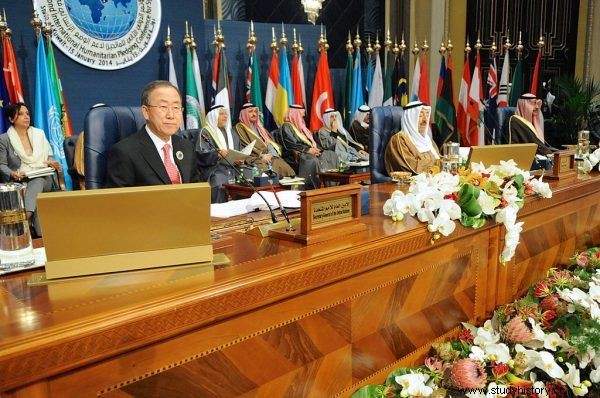
UN efforts to find solutions to the world's ongoing conflicts are not always bringing the expected results.
No wonder the media reports more and more disputes. The conflict in Syria has recently resurfaced; we also heard a lot about threats from North Korea and about Kurdish fighters. From time to time, more information about suicide bombings, mainly those carried out by Islamists, appears. Before that, people died in the fighting in Afghanistan and Iraq, in the Ukrainian Donbas, Libya and Sudan. Even earlier - in Ethiopia, Eritrea and Somalia.
The last quarter of a century alone has brought acts of genocide in Rwanda, two wars in the Persian Gulf, two wars in Chechnya and a brutal conflict in the former Yugoslavia. The world watched the bloody war between Iraq and Iran and the attacks in Northern Ireland. The unresolved conflict between Israel and the Arab states continues. And that's all just the tip of the iceberg. What about conflicts the media is silent about?
Laos
While almost everyone has heard about the war in Vietnam, only a few know about the war waged in the neighboring Laos. Meanwhile, the conflict lasted there almost as long as in Vietnam - from 1953 to 1975. 18,000 people died there in 22 years. Communist guerrillas Pathet Lao, backed by North Vietnam, were fighting the royal government.
The situation in Laos was made worse by the fact that the country sandwiched between Vietnam and Thailand was important to the war on the other side of the border. The Vietnamese from the North marked the so-called Ho Chi Minh Trail in the neighboring territory. It allowed them to supply the Vietkong in South Vietnam with war material.
The transition became so strategically important that it became a goal for the US. As he writes in the book "Polski bridge spiegów" Jan Wojciech Piekarski, then a beginning diplomatic worker:
The Americans bombed Laos very intensively. It wasn't until 1997 that they revealed that they had carried out 580,000 raids, during which they dropped two million tons of bombs - 270 million. This is more than in WWII.
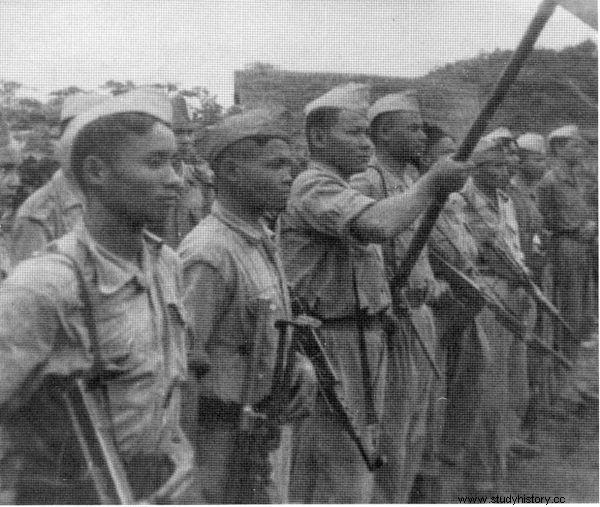
Communist guerrilla units, Pathet Lao, stepped up against the Lao government.
All this military effort was in vain. The Ho Chi Minh Trail has survived. He fell for South Vietnam. Piekarski was close to these events as an interpreter in the Polish Delegation to the International Commission for Supervision and Control, which was sent to alleviate the conflict. However, he admits that he was not allowed to be close to the war area. In the book "Polish bridge of spies" recalls:
We were banned from leaving Vientiane. In some we were being watched. When leaving the capital it was set up blockades that made it impossible to leave town. Local the authorities justified this ban on security grounds but de facto it was about hiding from strangers what was happening in the country . It was similar in Poland under martial law - diplomats they couldn't leave Warsaw then.
The American withdrawal from Vietnam also sealed the fate of Laos. Neighboring communist troops supported the Pathet Lao partisans and royal Laos fell. The war was over, but there was no peace. More guerrillas appeared in the country, this time on the side of the previous authorities ...
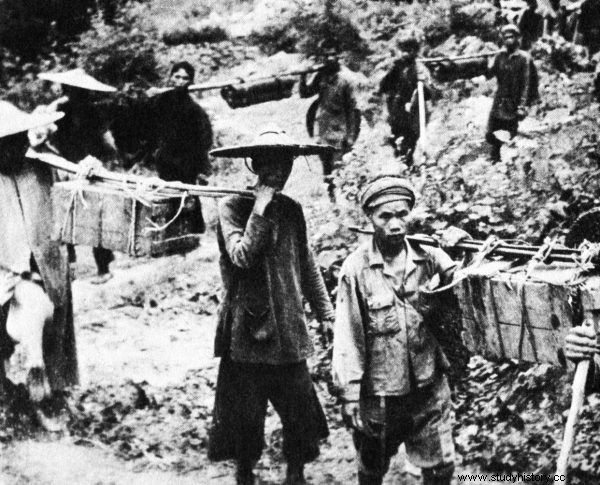
The so-called "Ho Chi Minh Trail" was used by the Viet Kong to transfer support to South Vietnam.
Democratic Republic of the Congo
From 1998 to 2003, the greatest war in modern Africa took place in the Democratic Republic of Congo. In part, this was the result of the 1994 conflict between the Hutu and Tutsi peoples that broke out in neighboring Rwanda. As many as 8 countries in the region and 25 armed groups were involved in the struggle. Directly and indirectly - due to disease and starvation - almost 5.5 million people died during them. Millions more fled or were displaced.
The DRC itself, or the former Zaire, is a country the size of 2/3 of India's area. Has 83 million inhabitants. In 1998, an anti-government rebellion broke out in the country. It was supported by some of the neighboring countries; others helped the government side. This is how the "great African war" broke out, little known in Europe in fact.
Natural resources - including gold, diamonds, tantalum and cobalt - were in the background of the conflict. Foreign concerns got interested in them. No wonder that numerous attempts to reach an agreement have failed. It did not help to declare truces, ceasefires, or even to send armed forces from other countries for peace purposes. Meanwhile, soldiers from Chad have been accused of human rights violations and looting.
Only the signing of an agreement in 2002, which provided for the formation of a government from the forces previously involved in the war, contributed to the weakening of the conflict. In 2003, after the withdrawal of the Rwandan troops and the disarming of the Hutu militias, the war was essentially over. However, fights on a smaller scale continued. The last anti-government rebellion was broken only in November 2013.
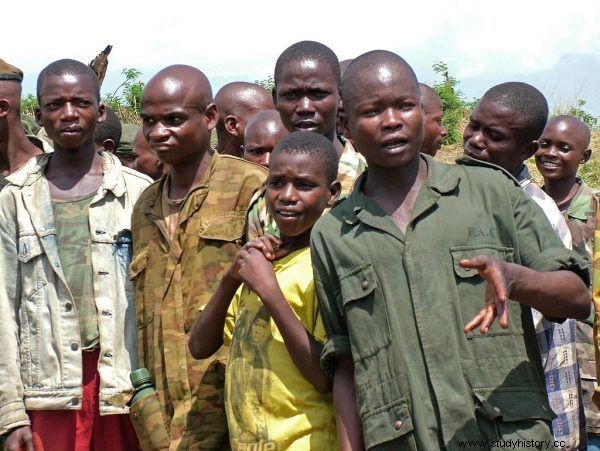
Children and youth also took part in the war.
Does that mean there is peace in Congo? Nothing similar. Last year, according to foreign journalists, 70 armed groups were still operating in the jungles of the DRC. 2 million people have fled their homes. Among other things, because the president of the country illegally extended his term of office and did not announce the planned elections in 2016. It is not known what the future of the DRC will be, but it looks rather dark…
Sierra Leone
Sierra Leone is a country rich in diamonds. Although it is relatively small in terms of territory and population, it is a mosaic of tribes and religions. It also has large libertarian traditions. From the 18th century, former black slaves were settled there.
The conflict broke out in 1991. Rebels from the United Revolutionary Front (RUF) came out against the incumbent president, Joseph Said Momoh. The struggle lasted 11 years. All in all, it seemed that the situation could be brought under control earlier, because the peace process had been successfully initiated. Unfortunately, the UN forces in Kenya have not dealt with the rebels . Ultimately, it was only the intervention of British troops that prompted the rebels to engage in talks and take their findings seriously. Before this happened, between 75,000 and 200,000 people were killed. Tens of thousands have been mutilated, either physically or mentally.
The war in Sierra Leone was characterized by shocking brutality. As many as 80 percent of RUF departments were children aged 7-14. In total, about 150,000-200,000 juvenile "soldiers", trained for ruthless combat, fought in them. Some of them, the so-called "clippers", specialized in chopping off the hands of adults from the occupied villages with machetes.
The war quickly demoralized many young people. Fighting became fun for them. Their cruelty stemmed from their failure to develop an understanding of human life. Any doubts were additionally reduced by the drugs administered to them - children had their skin cut and cocaine rubbed into the wounds.
The local population was murdered or turned into slaves. They were employed in mining diamonds. Rebels bought weapons with them. Thus, the wealth of the country contributed to his misfortune.
Guatemala
Guatemala, a small country in Central America, is hugely influenced by history. He endured Spanish exploitation for three centuries. Later, pseudo-independent governments turned the country into a tropical fruit plantation managed by the American company United Fruit Company. This corporation was called "octopus" in the USA because of its mafia methods of operating in foreign markets . She did not shy away from bribing politicians and officials. She also supported regimes that might have prompted the removal of opponents of her business.
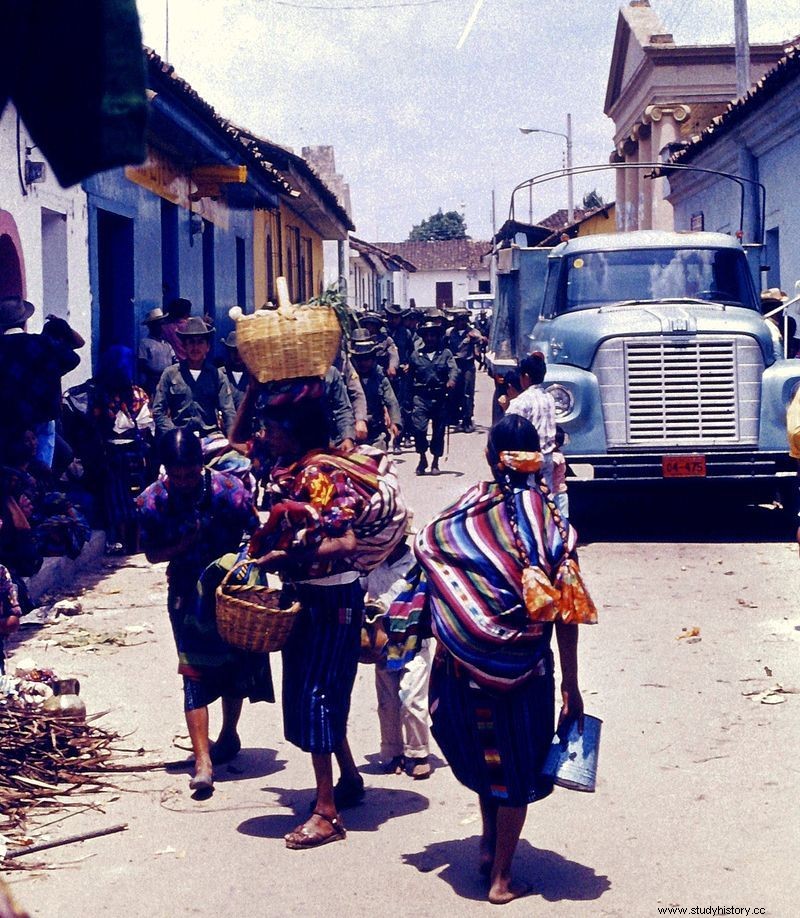
The people of Guatemala have had to endure the omnipresence of the military for many years.
The UFC felt threatened by attempts at reforms, especially agricultural ones, undertaken by President Jacobo Árbenz Guzmán, who was in Guatemala from 1951. Businessmen managed to present them in their country as… communist activity . This prompted the CIA to act. Ultimately, the Americans supported a coup d'état in 1954, prepared by Colonel Carlos Castillo Armas. This took over the situation for a short time.
The conflict broke out again in 1960. A group of officers, inspired (and supported) by Cuba, stood against the American-backed government. The war quickly brutalized. The rebels did not hesitate to kidnap or kill their opponents, and the military, paramilitary organizations, and death squads did not owe them. It was on the anti-government side that most of the victims died. Killing someone suspected of organizing a trade union or acting on behalf of Guatemalan peasants was simply easier and faster than finding the truth in court.
The executions also served to intimidate the population. Bodies were abandoned in roadside shallow pits or graves, in rivers and lakes. Many victims were tortured before death. People were burned with fire, their limbs were cut off, castrated, their eyes plucked out, their heads had to be decapitated. Others put on the hoods impregnated with insecticides or the genitals were electrocuted. Some were thrown from planes with their hands tied behind their backs.
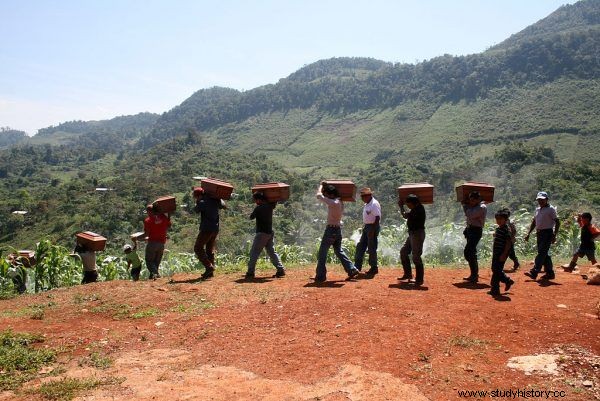
Up to 200,000 people died in the Guatemalan conflict. Tens of thousands have disappeared without a trace.
Only the seizure of political power by civilians in 1986 led to the weakening of the conflict. The first positive effect was that the homicide rate dropped sharply from thousands to "barely" hundreds per year. Then talks between the fighters began and state institutions were reformed. The mediation of the United Nations was used in this process.
The case was also helped by the Nobel Peace Prize, awarded in 1992 to Rigobert Menchú Tum for defending the rights of Indians repressed by the Guatemalan government. Eventually, the war ended in 1996. 100,000 to 200,000 people died there, and tens of thousands were lost without a trace.
